In this article, we’ll configure AWS Identity and Access Management (IAM) to easily use Amazon Sumerian with multiple users. This is especially important for classrooms or trainings. You often don’t want to loose time by having attendees set up and activate their own AWS accounts, including their personal credit cards.
Instead, by setting up sub-users in your account beforehand, you have complete control over the experience and can get started right away. Additionally, it helps with troubleshooting for exercises.
Right now, no ready-made AWS Educate classrooms are available that support Amazon Sumerian. If that changes, the classrooms would be a good alternative, as it gives students their own free AWS credits instead of everything billed to a central account.
Securing Your Account
The first step is making sure you own root account is properly secured. A major part is enabling Multi-Factor Authentication (MFA) for your root account. Especially when working in teams and with source control, it’s an easy-to-make mistake to upload your credentials somewhere; you don’t want others to have full control over your whole AWS account, as this can incur major charges to your credit card. Therefore, it’s best to enable MFA before you continue.
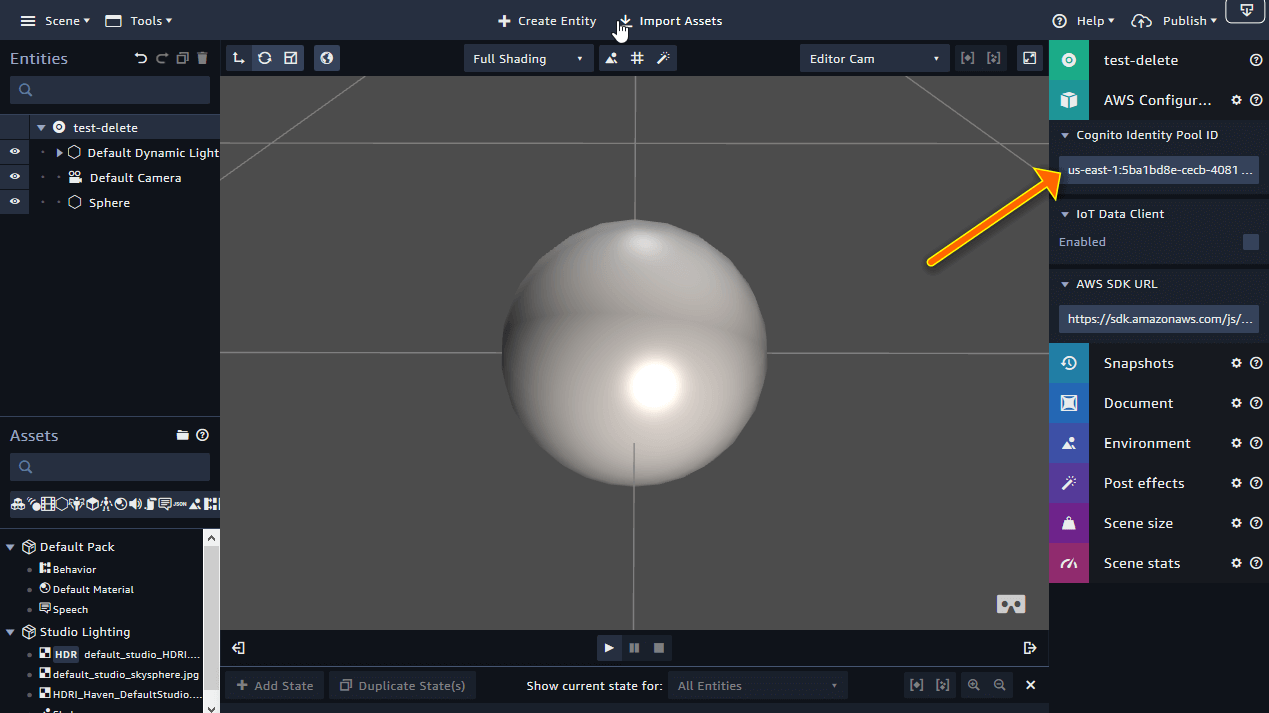
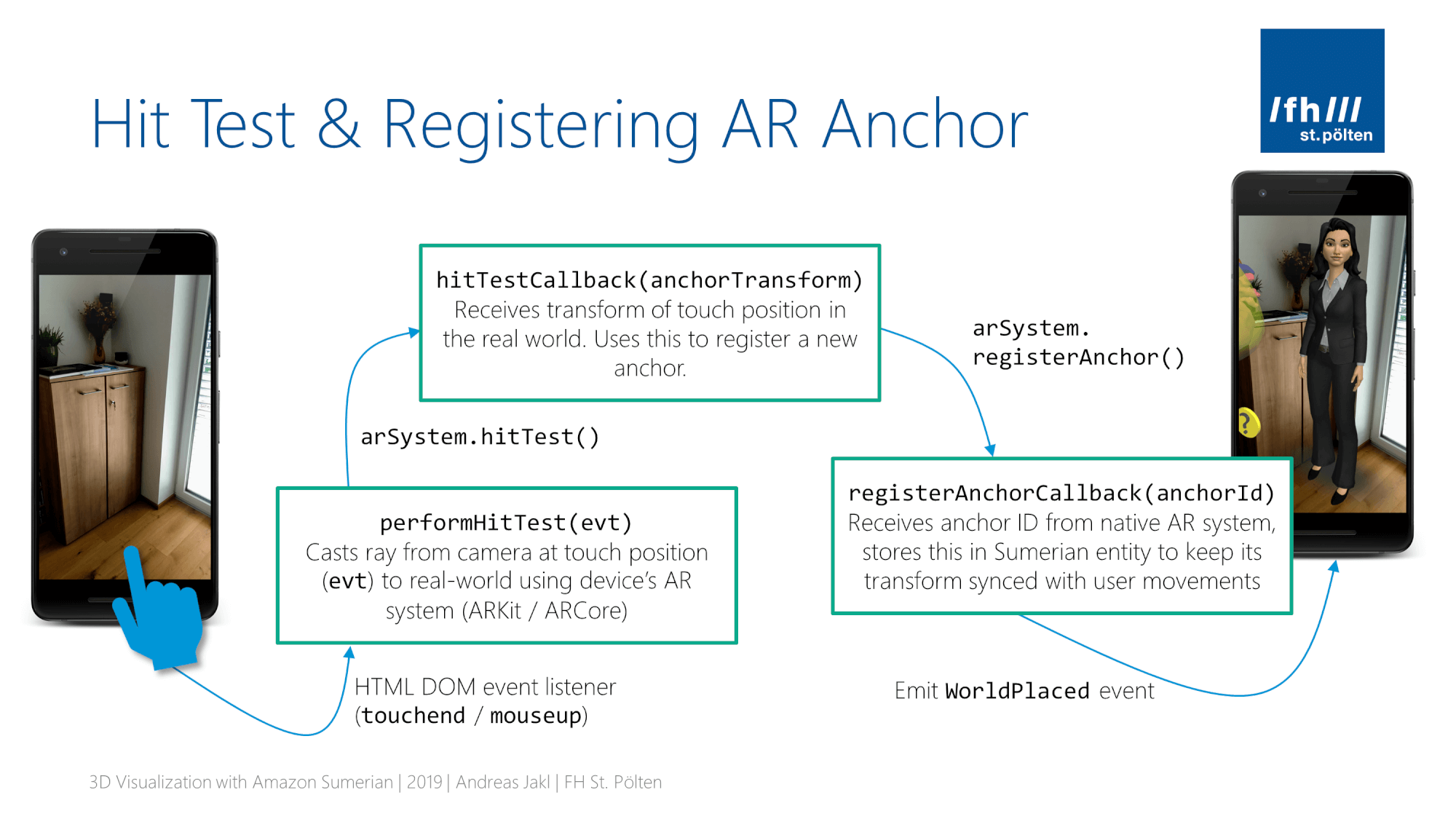
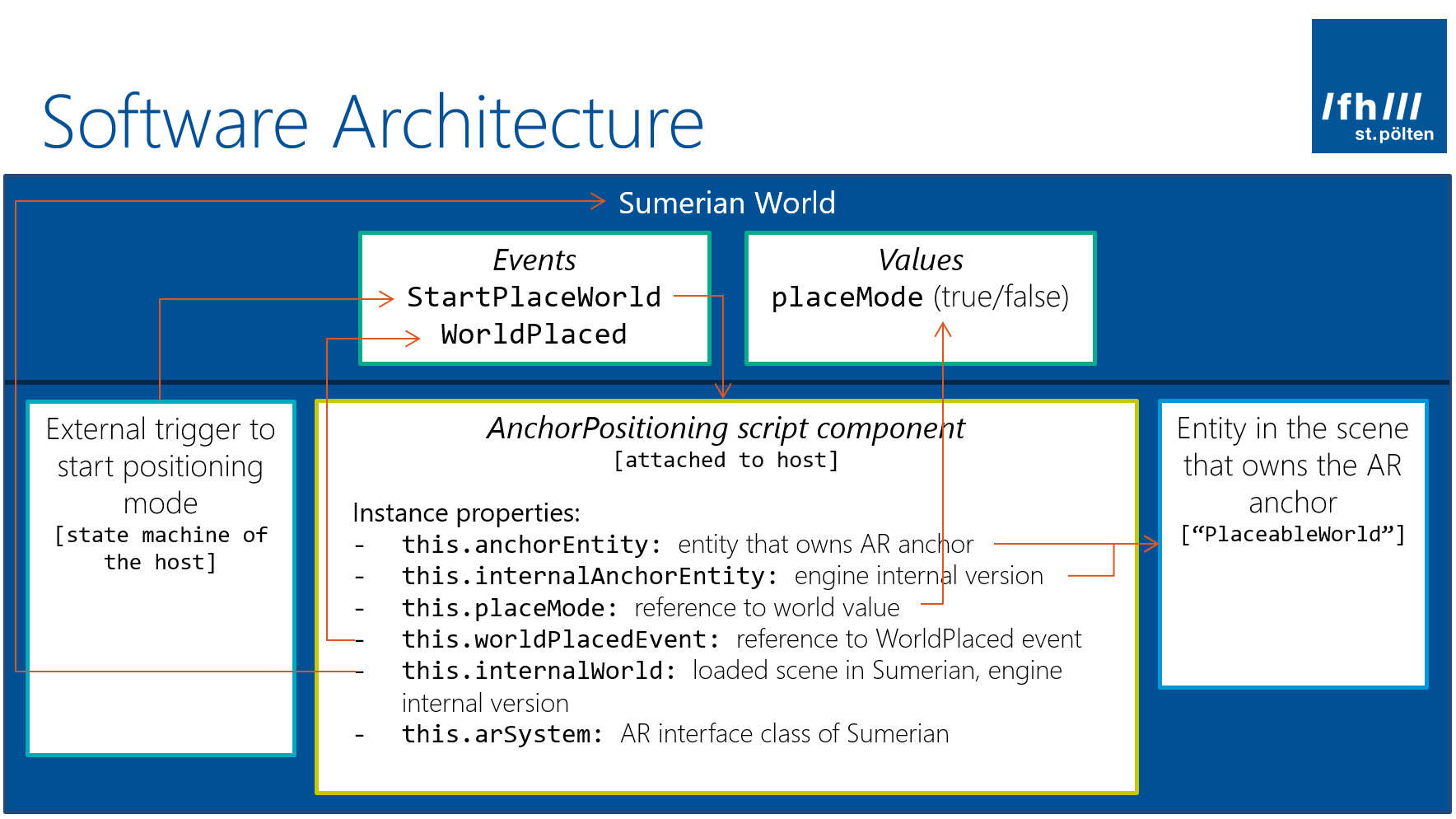
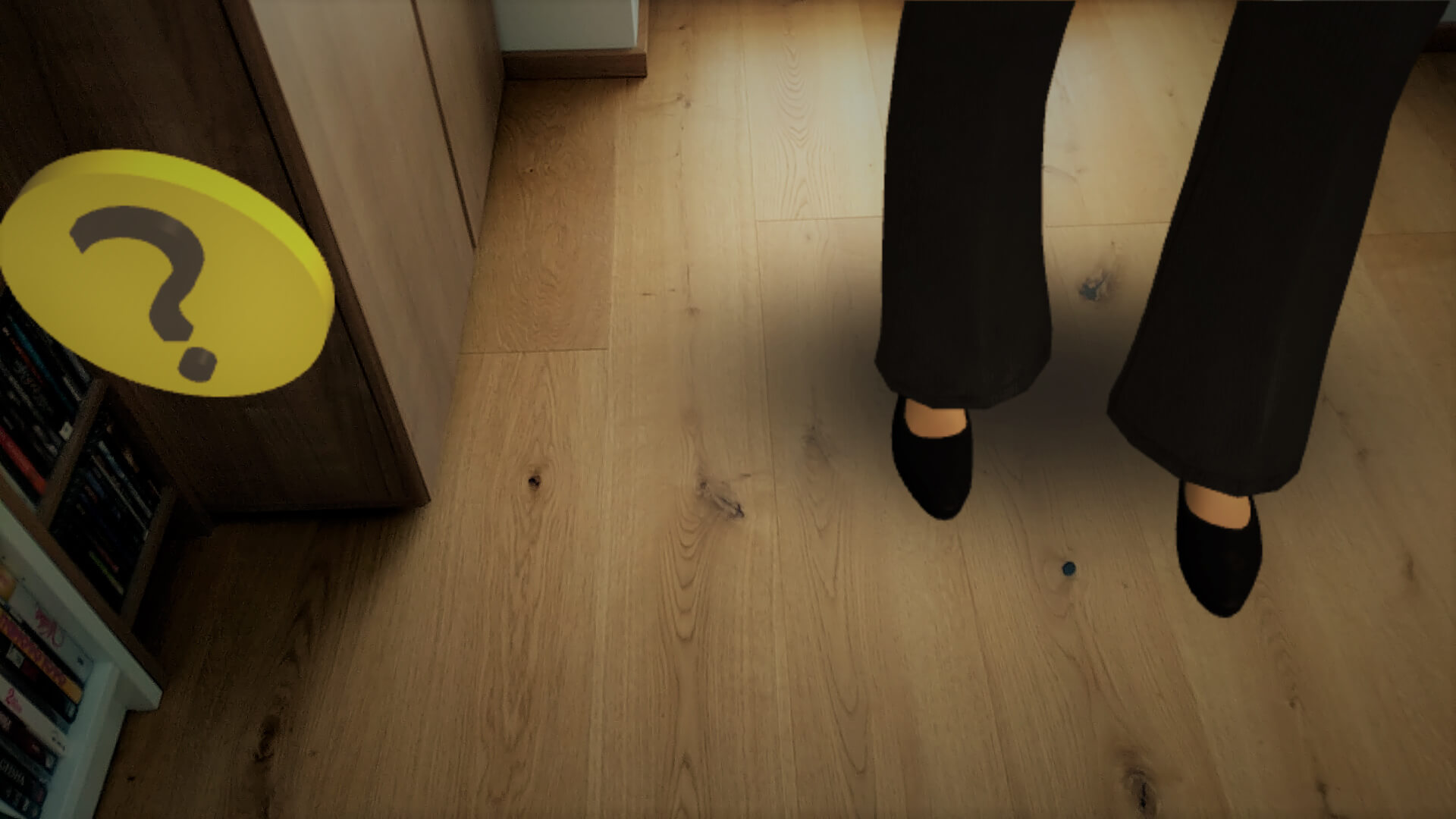
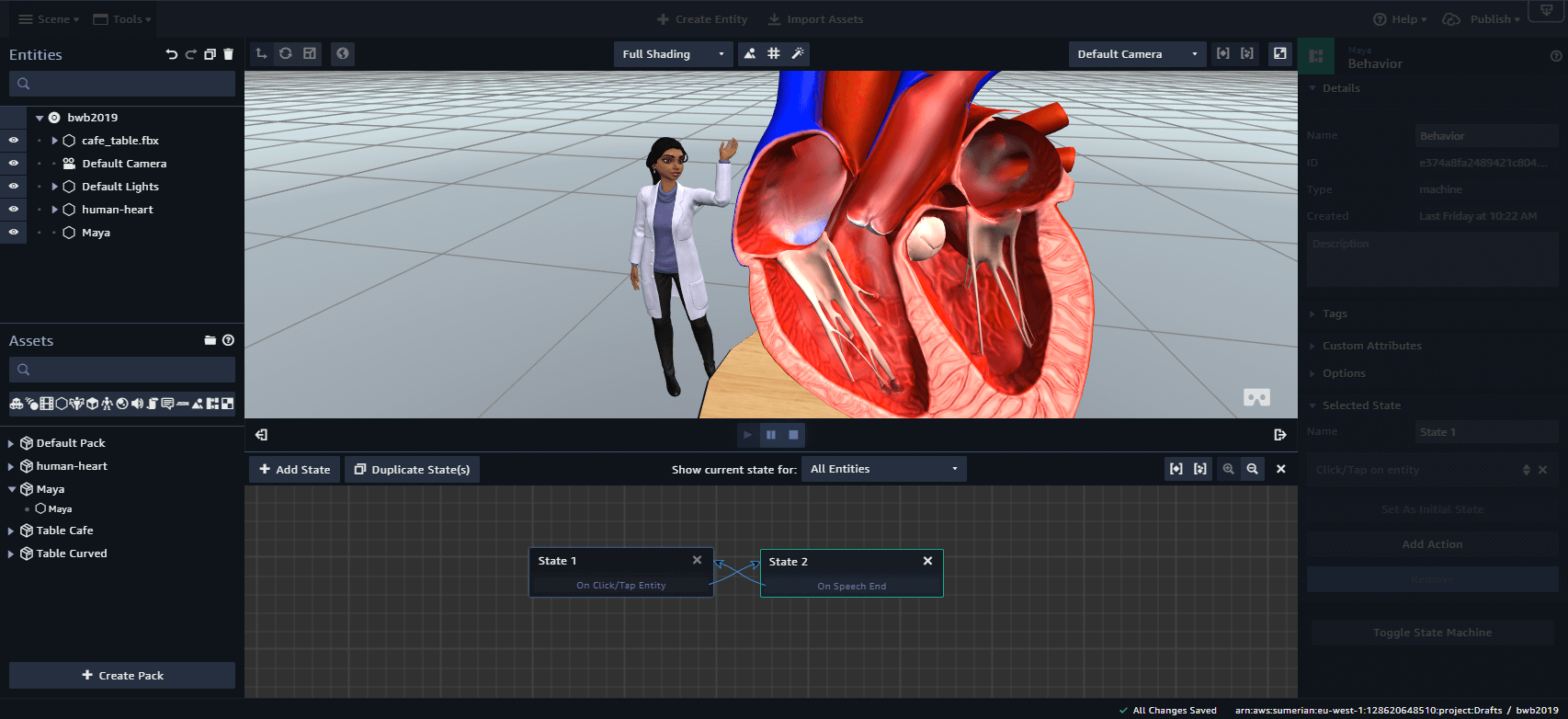

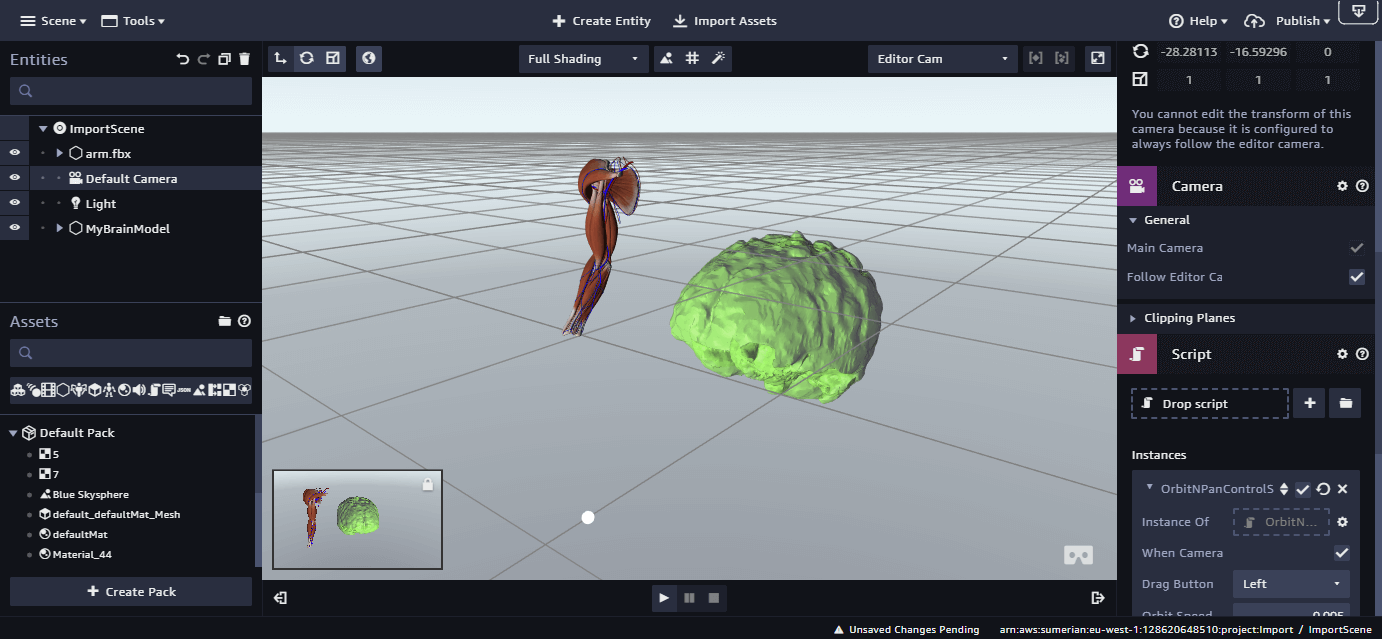
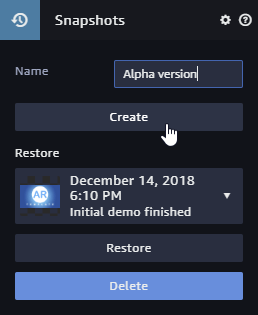
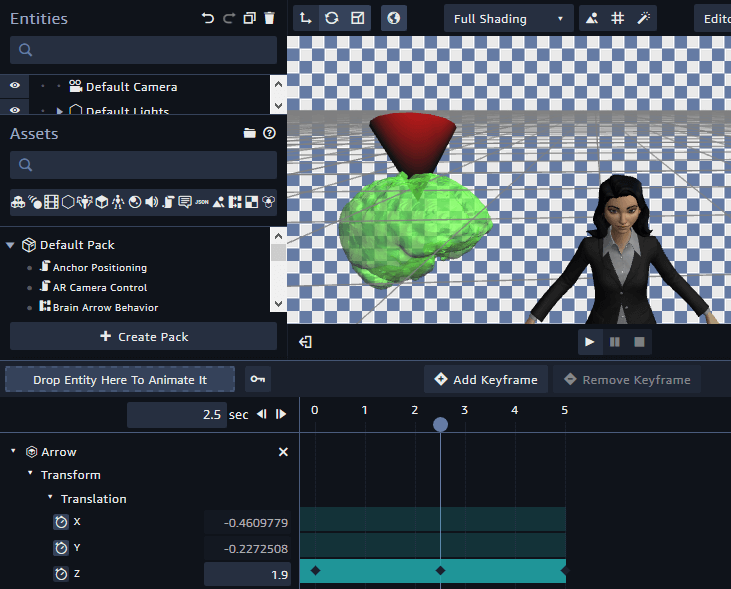
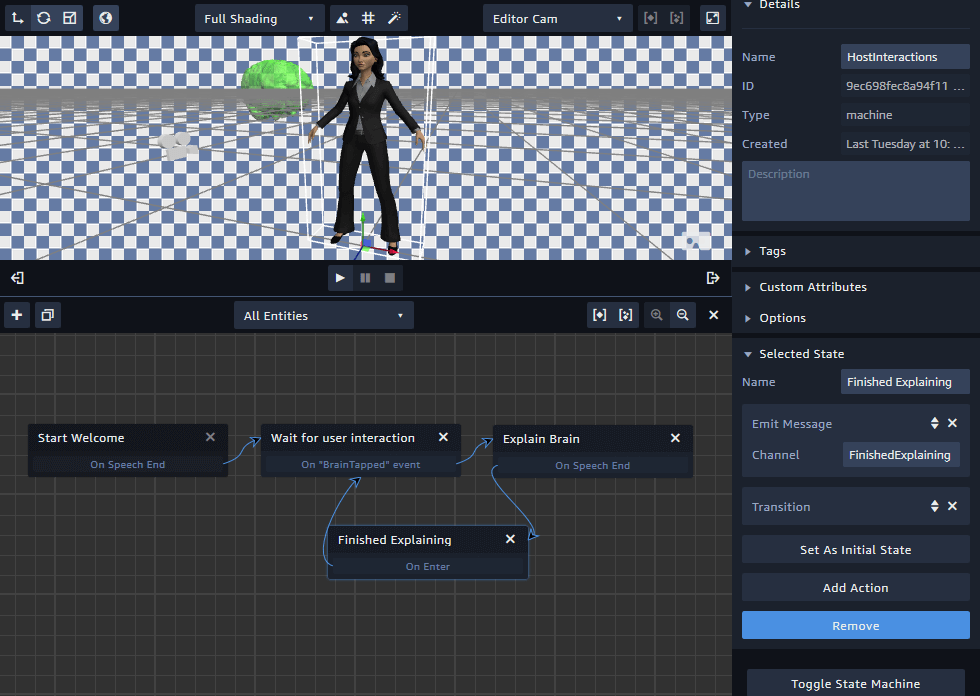

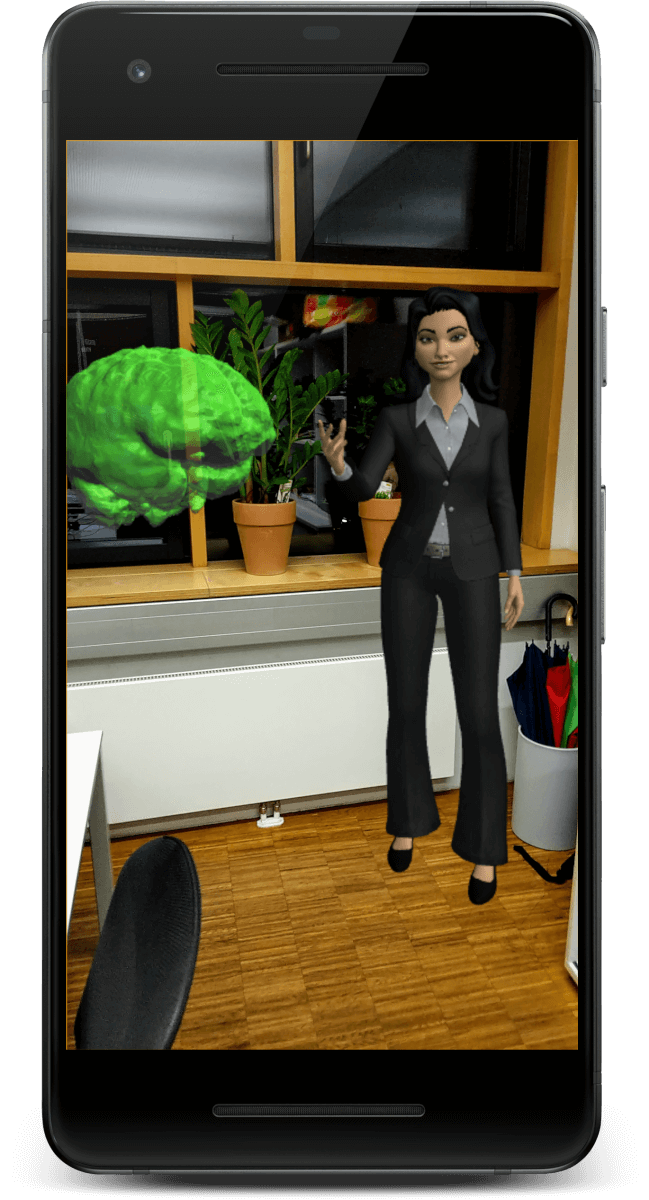
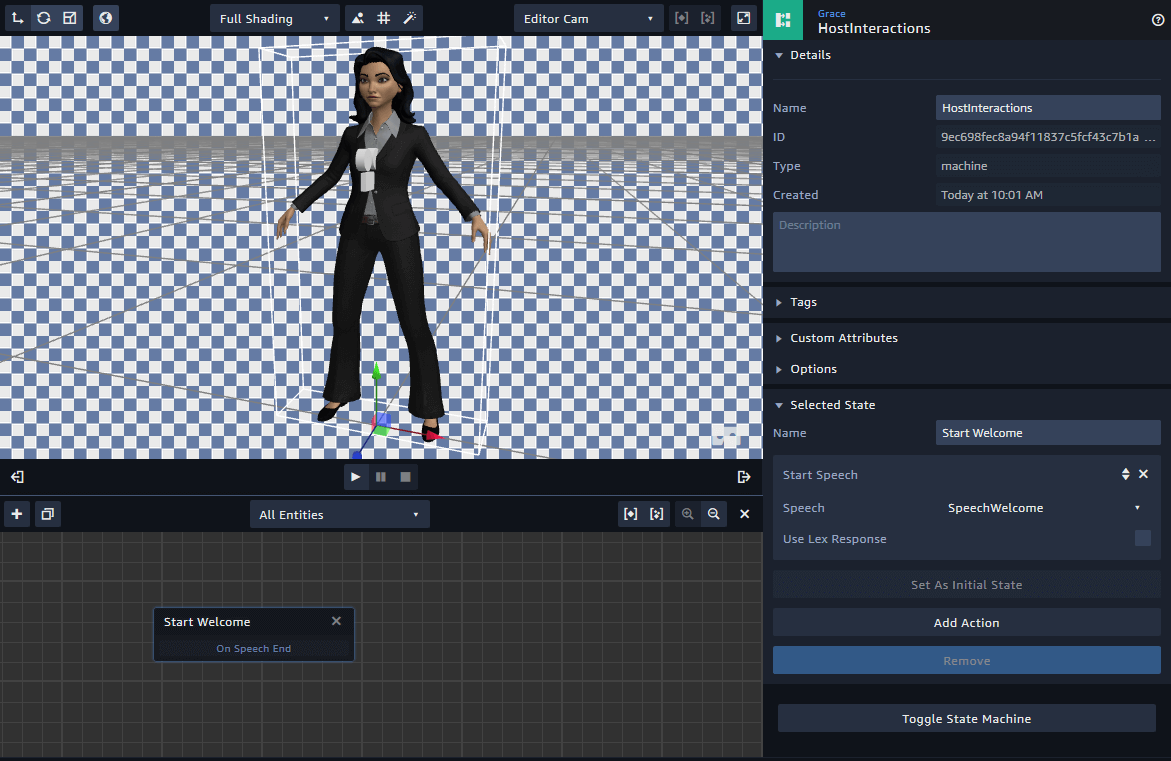
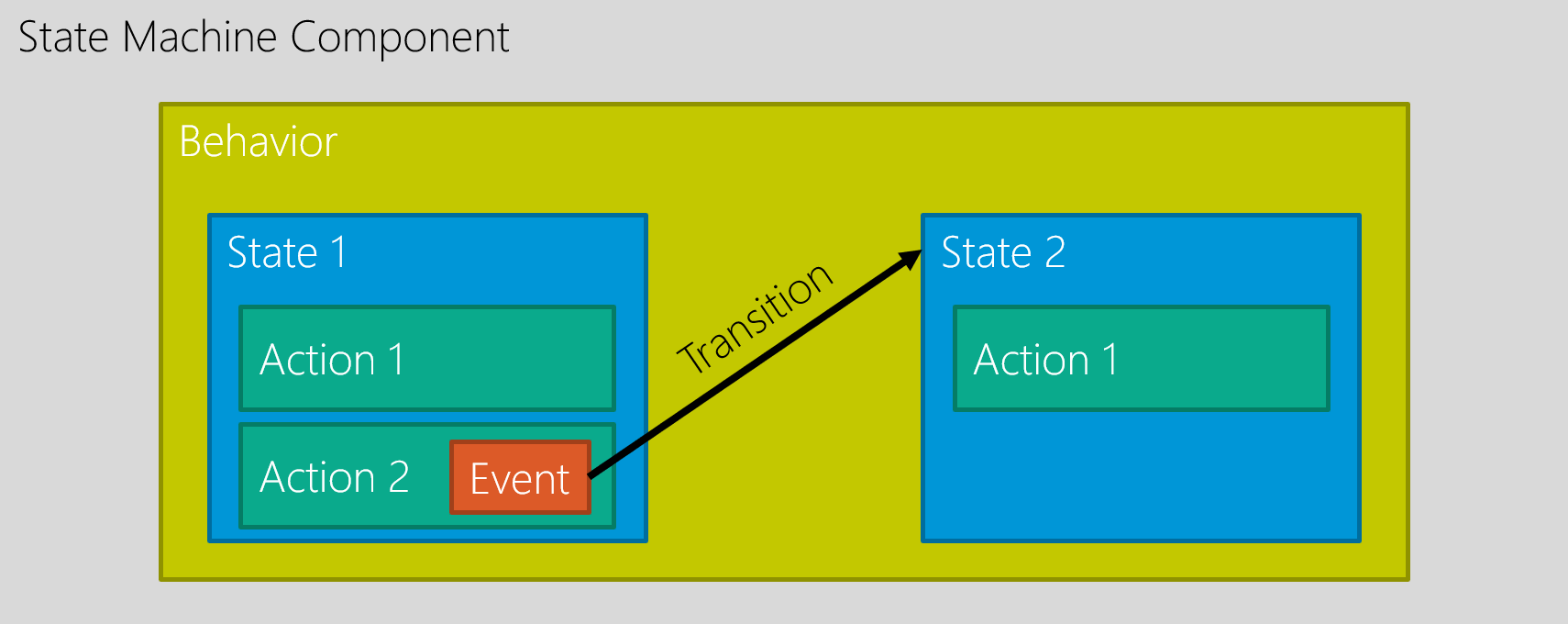
You must be logged in to post a comment.